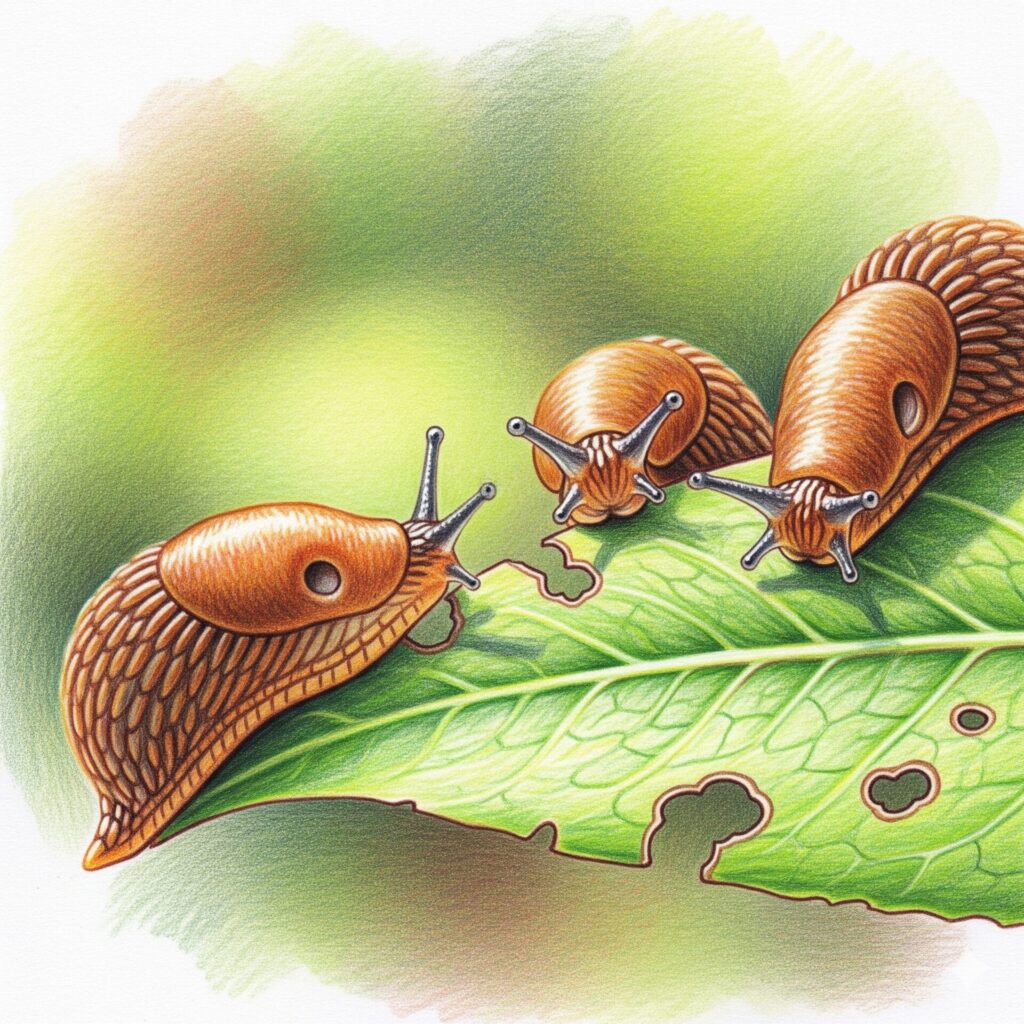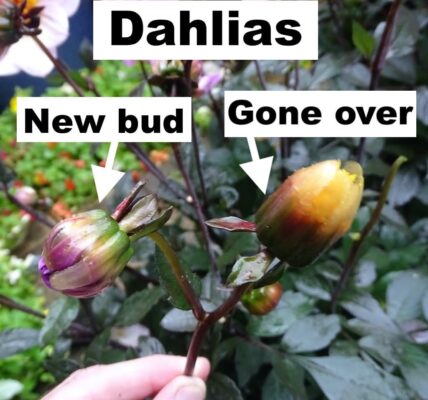
Slugs often get a bad reputation in the garden, but their behaviour is actually a reaction to how gardeners keep things tidy. In the wild, like in woodlands and other natural areas, slugs are not pests. Instead, they play an important role as decomposers. They mostly eat decaying plants, fungi, and other debris, acting as nature’s clean-up crew by recycling nutrients and breaking down organic matter.
The problem arises when a gardener creates an environment that eliminates these natural food sources. By meticulously clearing away fallen leaves, old stalks, and other ground-level detritus, the gardener removes the slugs’ preferred diet. With their natural food gone, slugs are left with few options. They are forced to turn their attention to the tender, young, and succulent plants that are cultivated in manicured beds. Seedlings and soft-leaved plants become an irresistible, and often sole, source of food.
Furthermore, a well-managed garden often lacks the plant cover that slugs need for protection. During the day, slugs hide from the sun and predators under logs, rocks, and dense vegetation. When these hiding places are removed, slugs are more exposed and must find new shelter. The lack of cover drives them to seek refuge under garden pots, in dense plant foliage, or in the soil near the roots of plants, putting them in the perfect position to start feeding as soon as night falls.
So, when slugs cause damage, it is not because they are being malicious. It happens because the balance of their environment has been changed. When their usual food and shelter are taken away, gardeners can accidentally make it easier for slugs to become a problem, even though they are normally helpful in nature.
Here is what you need to do
This is going to go against everything you have probably been told, but you can improve the situation by adopting a more natural, less manicured approach to gardening. This involves providing slugs with alternative food sources and suitable shelter, thereby discouraging them from eating your cultivated plants. The goal is to restore a more balanced ecosystem where slugs can perform their natural role as decomposers.
Providing natural food sources
To redirect slugs away from your valuable plants, you can provide them with an abundance of their preferred food: decaying plant matter. Instead of clearing away all fallen leaves and other organic debris, leave some in less-trafficked areas of your garden. You can create a “slug-friendly” zone by placing a layer of wood chips under a bush or around your plants. This also feeds the soil as it decomposes and provides the plants with a boost. It also encourages many other organisms, including those that actively hunt slugs, such as some beetles. Slugs will be drawn to this decaying matter, as it is easier to consume and more in line with their natural diet. This strategy directly addresses the problem of eliminating their primary food source.
Creating natural habitats
Since slugs seek shelter from the sun and predators, providing them with safe havens can also help. Instead of being tidy and removing every potential hiding spot, you can strategically place objects in your garden that slugs will gravitate toward. Flat stones, logs, or planks of wood placed in damp, shaded areas make excellent shelters. You can even lay a piece of cardboard on the ground. Slugs will gather underneath these items during the day. This not only gives them a place to hide but also makes it easier for you to manually collect and relocate them if you wish, without resorting to harmful chemicals. By giving them a place to live, you are restoring the natural plant cover they instinctively seek, making them less likely to hide within the foliage of your prize-winning lettuce.

